Ramjet Engine Combustion Using UDF CFD Simulation, ANSYS Fluent Training
Ramjet Engine Combustion Using UDF CFD Simulation, ANSYS Fluent Training
- Upon ordering this product, you will be provided with a geometry file, a mesh file, and an in-depth Training Video that offers a step-by-step training on the simulation process.
- For any more inquiries regarding the product, please do not hesitate to reach out to us at info@CFDLAND.com or through our online support assistant.
€380 Original price was: €380.€185Current price is: €185.
The solid fuel ramjet (SFRJ) is attracting attention worldwide. It typically consists of an air intake system, a dump-type combustor, and an air exhaust nozzle. The SFRJ engine combustion chamber is essentially a hollow cylindrical solid fuel grain. Incoming air passes through it and reacts with the solid fuel under specific conditions. A sudden dump inlet is used for flame stabilization, to improve the solid fuel pyrolysis, and to enhance the mixing and burning of the available fuel in a gas phase. Based on the reference paper “Effect of Inlet Conditions on Swirling Turbulent Reacting Flows in a Solid Fuel Ramjet Engine [1]”, the current CFD study is conducted.
- Reference [1]: Musa, Omer, et al. “Effect of inlet conditions on swirling turbulent reacting flows in a solid fuel ramjet engine.” Applied Thermal Engineering113 (2017): 186-207.
- Reference [2]: Hu, Ming, et al. “Numerical investigation of a combined solid fuel scramjet combustor.” Acta Astronautica148 (2018): 210-219.

Figure 1: AI-driven picture of solid fuel ramjet engine combustion

Figure 2: The solid fuel ramjet being investigated [1]
Simulation Process
One of the main challenges of ramjet engine combustion simulation is its complexity. It requires a combination of different modules and also a well-versed perspective through engineering design. As the initial step, using a half domain due to the symmetrical design of chambers, the 2D schematic is drawn by Design Modeler. Then, it is meticulously meshed, adopting structured grid with dense around central region of the chamber.
Three main reactions inside the ramjet engine proceed by activating the Species Transport model and volumetric response approach. The fuel is not primarily present in the engine. It will be injected from the side inlets located near the engine wall. The injection of fuel requires a specific condition that has to be defined using a User-defined Function (UDF). This is because the production of ethylene is following the Arrhenius rate reaction which is a function of solid fuel surface temperature. In other words, the injection is a temperature-dependent function.
C2H4 + O2 ===> 2Co + 2H2
2Co + O2 ===> 2Co2
2H2 + O2 ===> 2H2o
Post-processing
A thorough CFD study of the combustion process in a ramjet engine shows that reaction kinetics, thermodynamics, and fluid dynamics all interact in complicated ways. The kinetic rate contours for the C2H4 + O2 reaction show a lot of diversity (0–47.7 kg/mol·m³·s), with the highest reaction rates occurring along the walls, which is where temperature-dependent fuel injection happens with the UDF. This pattern in space matches the velocity magnitude profile, which shows a huge speed increase from almost no speed at all to 1410 m/s supersonic speeds at the vent exit. The density range (from 1.07e-1 to 1.96e+0 kg/m³) supports the compressibility effects and mass conservation principles even more. This is especially clear in the shock structures and expansion waves in the convergent-divergent nozzle section.
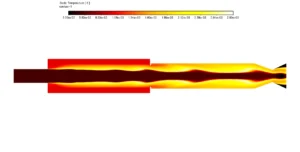
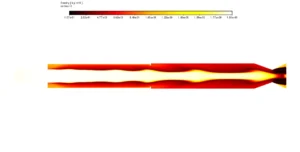
Figure 3: Temperature and Density changes through the combustion inside solid fuel ramjet engine
he thermal analysis shows that there is a lot of stratification in the combustion chamber, with temperatures that stay the same range from 300K to 2900K. This shows that the UDF-controlled fuel injection and subsequent combustion process work well. The temperature contours show clear hot spots along the wall where the ethylene injection happens. The highest temperatures are in line with the fastest reaction rates in the three-stage reaction process (C2H4 → CO → CO2 and H2 → H2O). The dump-type combustor shape encourages turbulent mixing and flame stability. In compressible flow regimes, the density gradients seen in the flow field go against the temperature distribution, as expected. This thermal distribution shows that the temperature-dependent fuel injection mechanism, which is controlled by the Arrhenius reaction rate, is self-sustaining. The velocity field acceleration also matches the temperature-driven expansion in the nozzle section, which proves that the simulation results are generally thermodynamically consistent.
We pride ourselves on presenting unique products at CFDLAND. We stand out for our scientific rigor and validity. Our products are not based on guesswork or theoretical assumptions like many others. Instead, most of our products are validated using experimental or numerical data from valued scientific journals. Even if direct validation isn’t possible, we build our models and assumptions on the latest research, typically using reference articles to approximate reality.
Yes, we’ll be here . If you have trouble loading files, having technical problems, or have any questions about how to use our products, our technical support team is here to help.
You can load geometry and mesh files, as well as case and data files, using any version of ANSYS Fluent.
€215 Original price was: €215.€165Current price is: €165.

€235 Original price was: €235.€155Current price is: €155.

€180 Original price was: €180.€135Current price is: €135.

€140 Original price was: €140.€125Current price is: €125.

€185 Original price was: €185.€135Current price is: €135.
















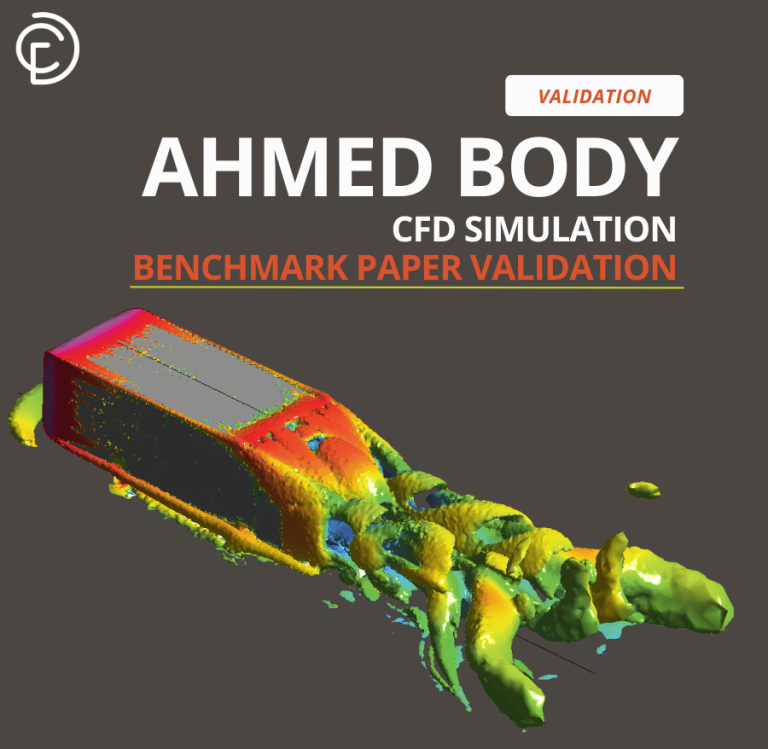
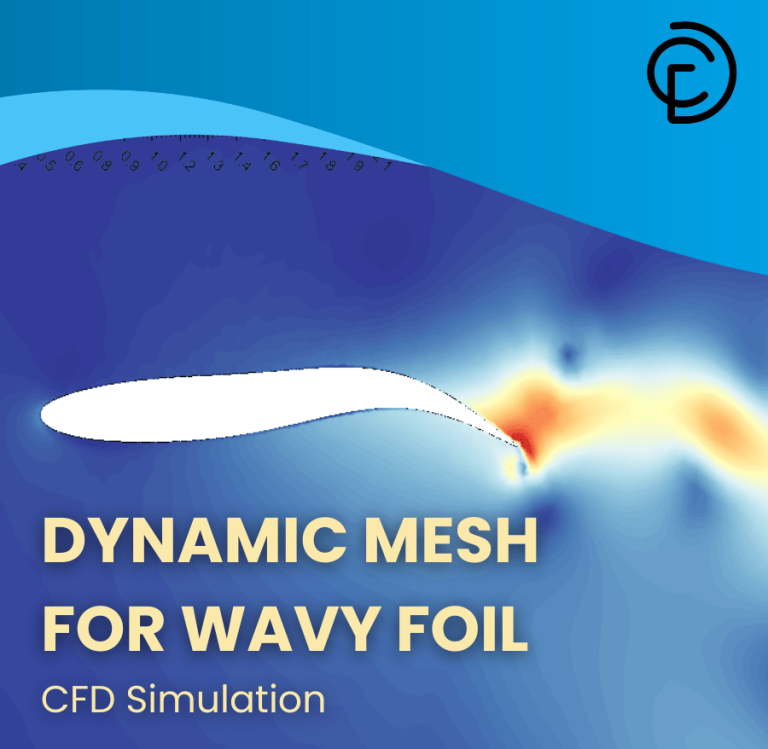
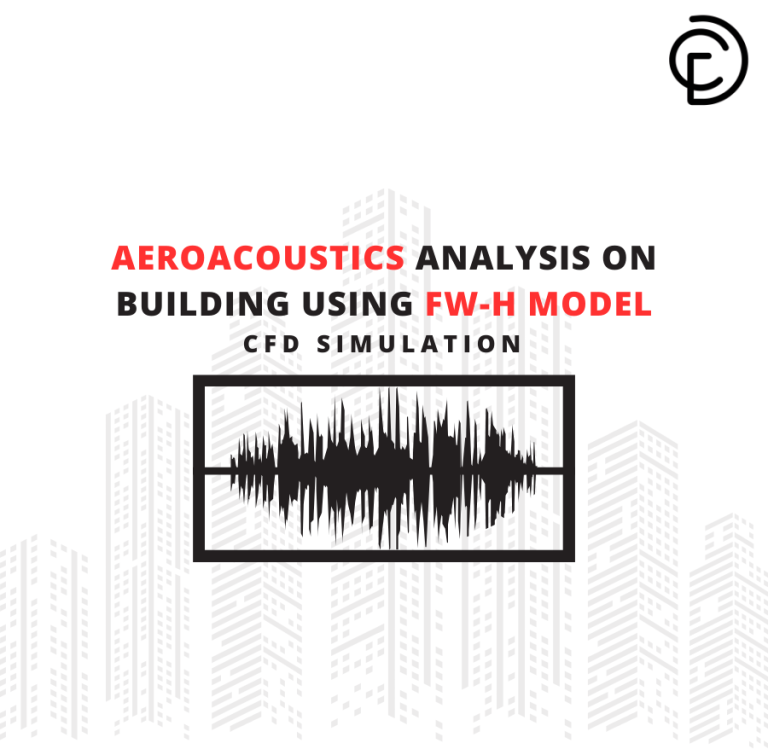
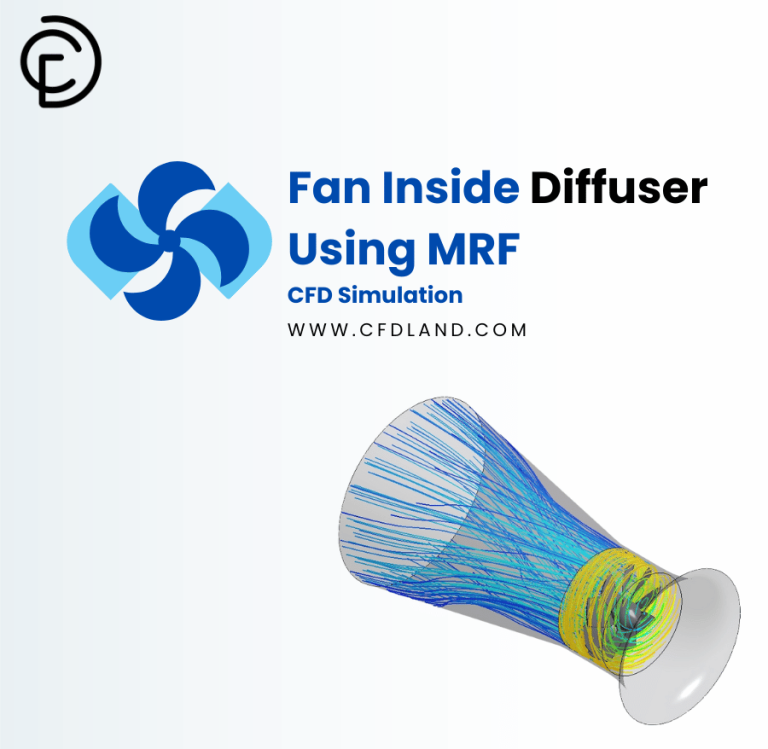
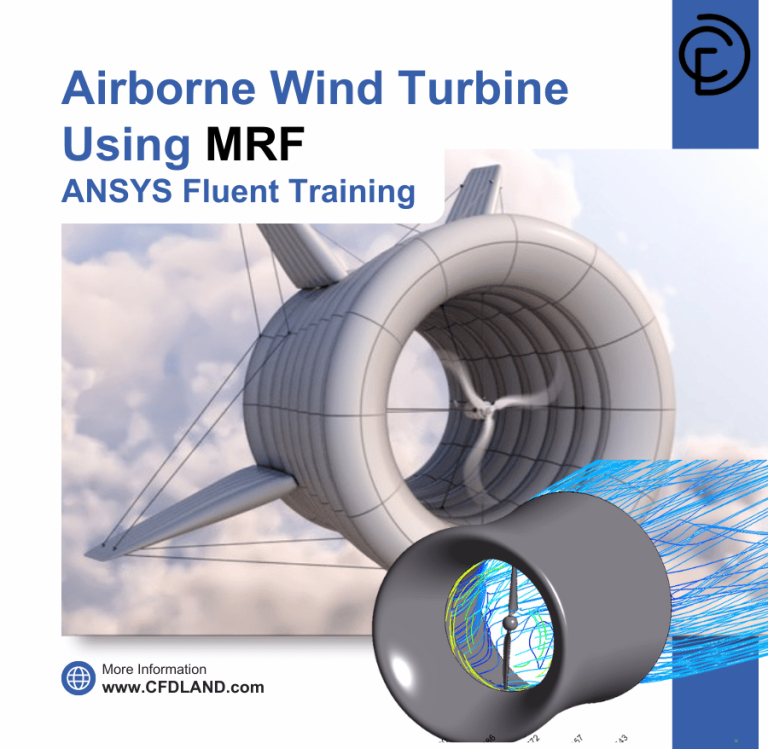
1 review for Ramjet Engine Combustion Using UDF CFD Simulation, ANSYS Fluent Training
Chibuzo –
Very helpful and very supportive team. I 100 percent recommend this package as they are experts in this field.